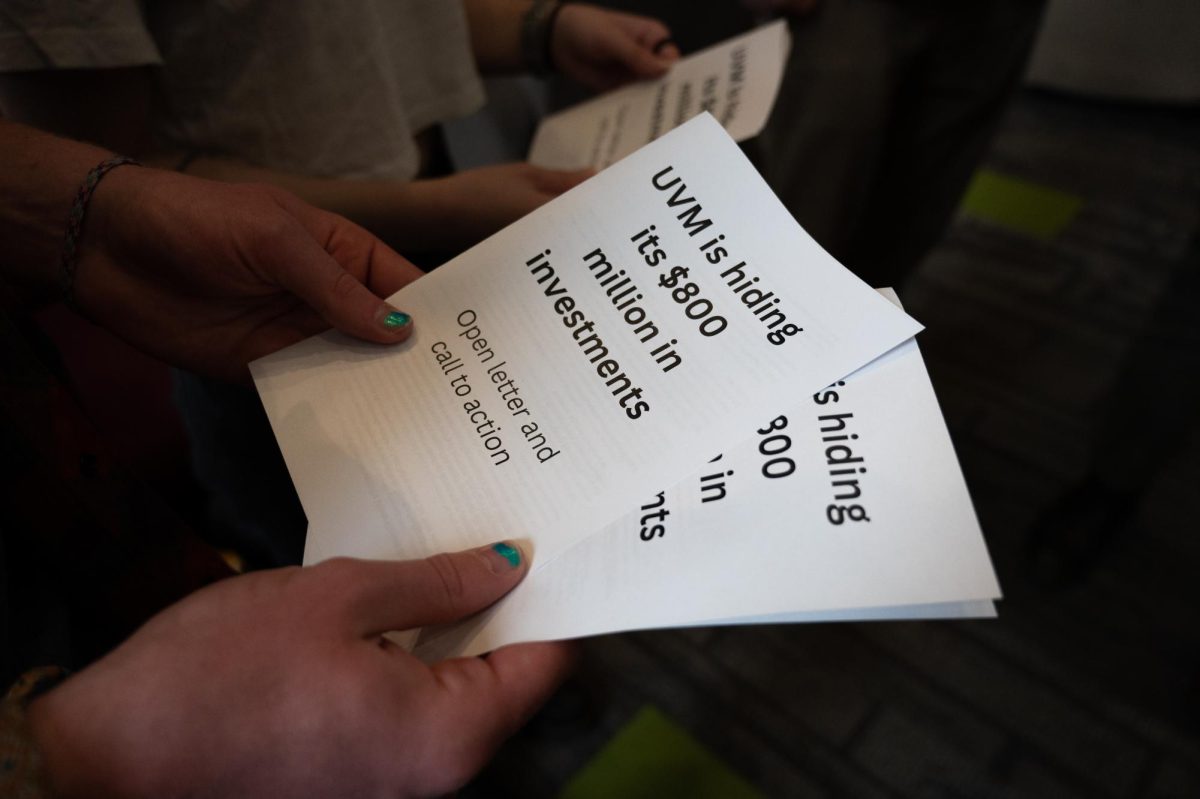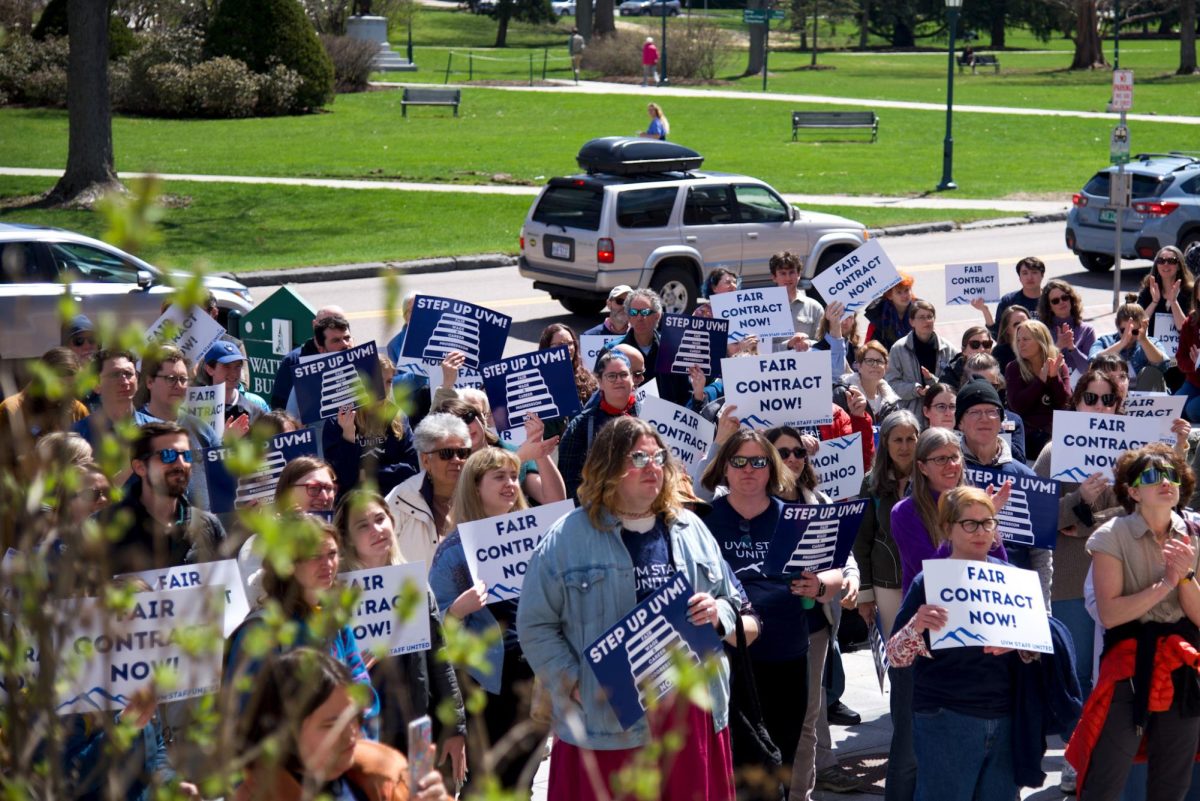University of Vermont archaeologists have identified what is unequivocally the first Late Paleoindian site (10,000-9,000 B.P.) in the state-and one of only a handful known to exist in the eastern United States-near Sunderland Brook in Colchester. The site was discovered last week during an archaeological investigation of property that will be impacted by the construction of an off-ramp for the proposed Chittenden County Circumferential Highway. Preliminary analysis suggests the site was a hunting camp where Native Americans removed and replaced spear points broken during hunts, according to John G. Crock, director of UVM’s Consulting Archaeology Program and research assistant professor of anthropology. t “The general lack of Late Paleo-Indian sites once caused archaeologists to hypothesize that people left what is now Vermont for roughly 1,000 years between the end of the Early Paleo-Indian Period [10,000 B.P.] and the beginning of the Early Archaic period [9,000-7,500 B.P.],” Crock explained. But recovered at the Colchester site (christened the Mazza site, after landowner Sam Mazza) were fragments of several parallel-flaked spear point bases known as Agate Basin points. These were used during the Late Paleo-Indian period-not only by inhabitants of Vermont and the broader Northeast where this period is poorly understood, but by people who roamed areas from the High Plains to the Mississippi Valley and beyond. In fact, the points were named by archaeologists after the site of a bison kill in Wyoming. “The Mazza site and its artifacts indicate not only that people were in Vermont during this period, but also that they shared unifying cultural traits with other groups across North America,” Crock said. “This is a great benefit to archaeology and CAP (Consulting Archaeology Program) as a whole for were it not for the highway then we would not have been looking in that area…It definitely fills in a lot of holes historically and answers a lot of questions for us,” added Crock. Much of the stone material recovered in Colchester came from Mount Jasper in what is now Berlin, N.H. This suggests trade or direct travel across the Green Mountains and White Mountains, probably over a route not too different from what is now U.S. Route 2, Crock said. The Mazza site is located next to a tributary of Sunderland Brook, which in turn flows into the Winooski River, which enters Lake Champlain south of Colchester point. “Native Americans used drainages like this one as natural travel corridors and because they contained concentrations of useful plants and animals,” Crock said. Artifacts and other materials from the Mazza site will be processed and analyzed at UVM’s archaeology laboratory. Most of the site has been salvaged, Crock noted, but remaining portions are likely to be destroyed when the Circumferential Highway is developed. It is standard practice in regulatory archaeology to excavate only a sample of significant sites, with the level of effort determined through negotiations between the State Historic Preservation Office, project managers and archaeologists, he said. This past June Dr. Crock took a group of students to the island of Anguilla in the British West Indies. While there they excavated numerous actifacts including pieces of large clay plates used to bake tortillas that are believed to be more than 1,000 years old. “It is great to get the public more knowledgeable about archaeology and this is a great find to open their eyes to it,” said Crock. “We do a lot of great work without many people knowing it at all when in fact we have a bunch of great students and grads involved in archaeology year round.”












